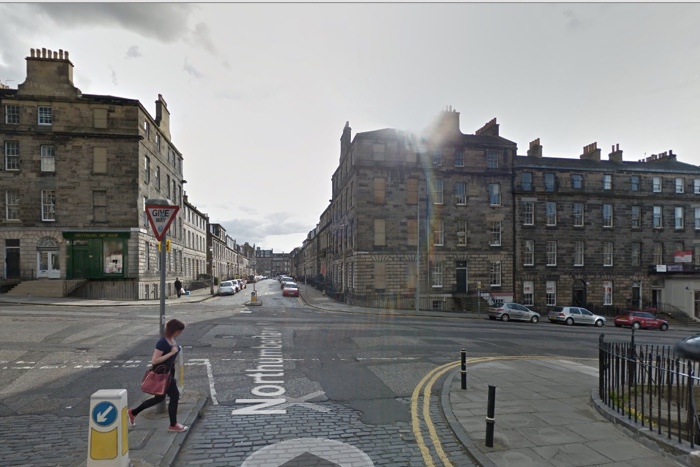Service architecture and user journeys

I’m reading More Human by Steve Hilton at the moment.
I’ve just read an chapter about ‘Spaces’ that uses an example describing the the city of Brasilia, the capital of Brazil. This reminded me of a talk about Urban Design that I heard Tom Hulme give at UX London in 2013.
Brasilia is a city that has been designed by an architect with a grand plan. It’s now known as a relative failure because it doesn’t work well or meet the needs of the people that have to live in it. Tom Hulme explained this in his talk. For example:
“They didn’t build roads [in Brasilia] the vision they had for the future was that they thought people would no longer walk. They were wrong.”
What’s interesting is the difference when you look at the grand plan for Brasilia. From the air it looks well designed. Steve Hilton quotes the Danish architect Jan Gerl who explains the problem:
“From the air it’s very interesting. It’s interesting for a bird or eagle. From the helicopter view, it has got wonderful districts with sharp and precise government buildings and residential buildings. However, nobody spent three minutes to think about what Brasilia would look like at eye level …Nobody was responsible for looking after the people.”
Service architecture
Service or technical architecture is systems design. It’s the “utility, sustainability and attractiveness of the system as a whole†– GDS service manual.
User journeys
A user journey is the story of how a user needs to interact with a service in order to get to an outcome that they need.
I’ve been talking a lot recently about telling the user story and finding better ways to map and understand user journeys.
Taking a different view
I think of service architecture as the view from the air. It’s the grand plan. It shows how things connect and work together at a larger scale.
Telling a users’ story is then the equivalent of walking through the grand plan at street level. It’s the time spent looking after the people on the ground.
The important thing is that we tell the user story. We need to design the user journey. This is the thing that happens at street level, not the bird’s eye view.
We sometimes focus on only one of these views. To deliver digital services that work well for people we need service architecture and we need to design appropriate user journeys to meet user needs.
You should be able to step back to see the architects view. You should also be able to walk through a users’ story understanding each of the interactions that are part of the service.
Understanding the city
You can apply this analogy anywhere. Last weekend I was visiting Edinburgh with my family. Here’s an aerial view of the city.

You can understand what the city looks like from above. You can see it’s scale and how it connects together. The main arteries that run in and out of the city are clear.
Edinburgh is a great example because you can see the architects plan. The new town at the centre of of the city is now considered to be a masterpiece of city planning and Georgian architecture. Like Brasilia, it’s designated a UNESCO World Heritage Site.
What this aerial view doesn’t do is give you any sense of what it’s like to live there. What it’s like to walk the streets. It’s a very different view at street level.

The only way of really knowing how a city works is to walk the streets.
I’ve used Google earth and street view for these pictures. Just playing with the function to switch between the different views illustrates that everything looks different from the ground.
This is where the people become visible. At the street level you can’t see the grand plan but you can see the people.
We’re designing services for people.
This is my blog where I’ve been writing for 18 years. You can follow all of my posts by subscribing to this RSS feed. You can also find me on Bluesky, less frequently now on X (formally Twitter), and on LinkedIn.